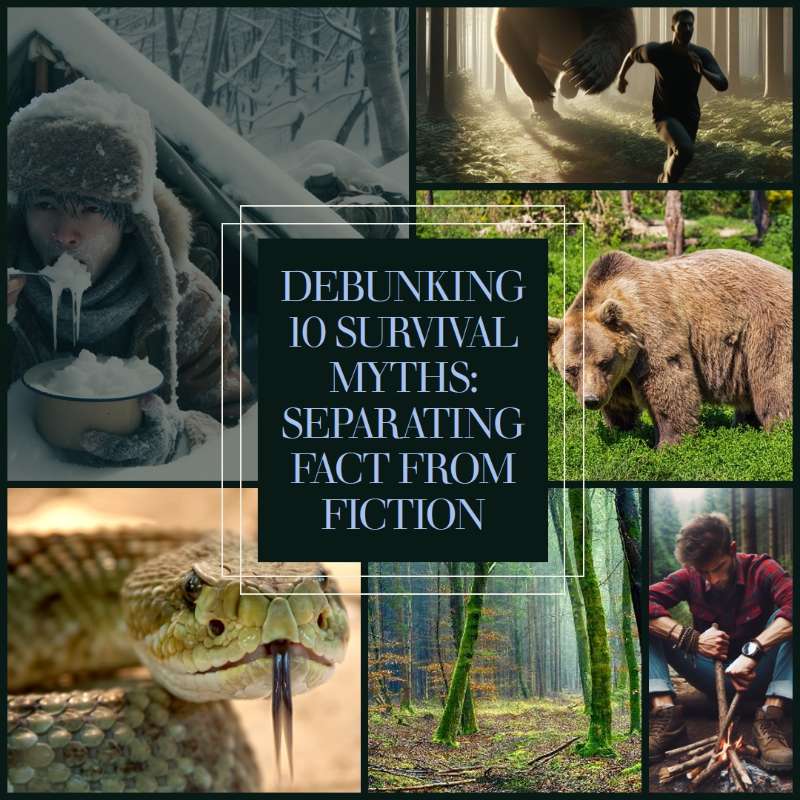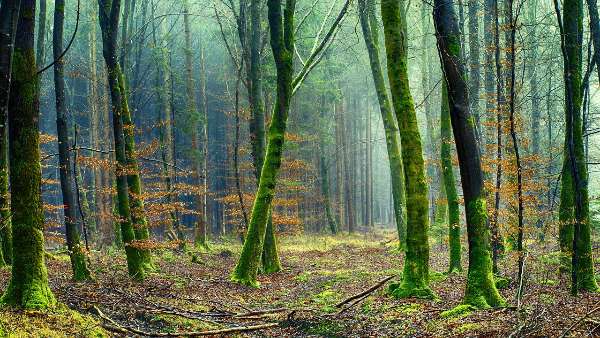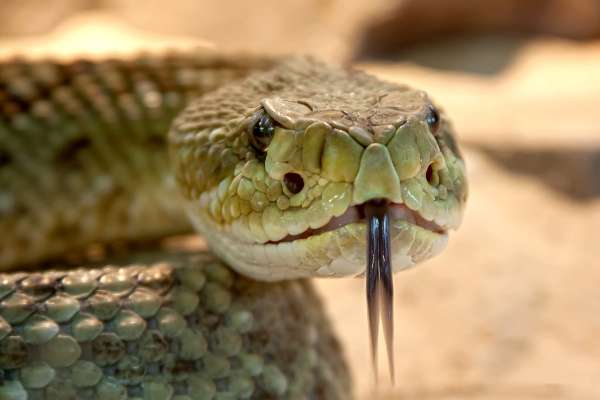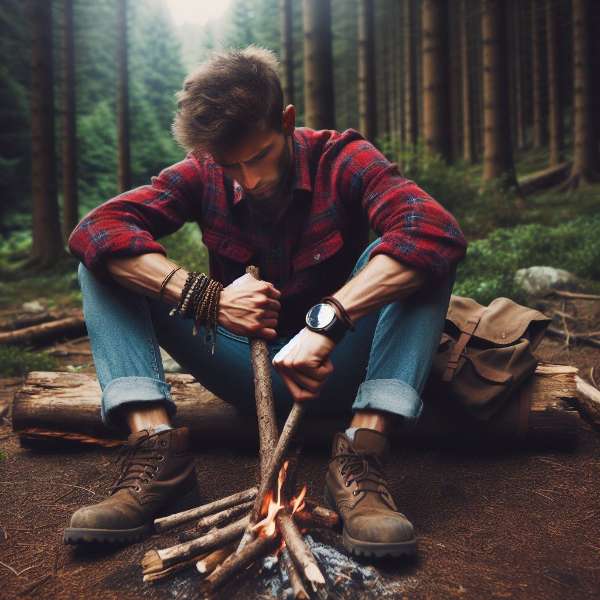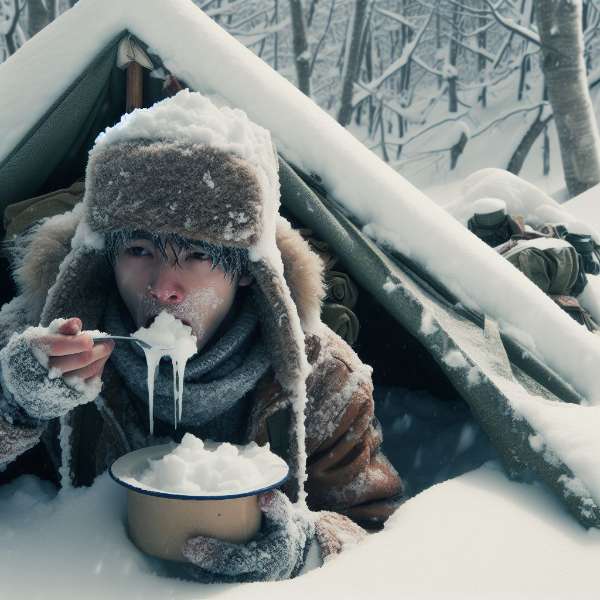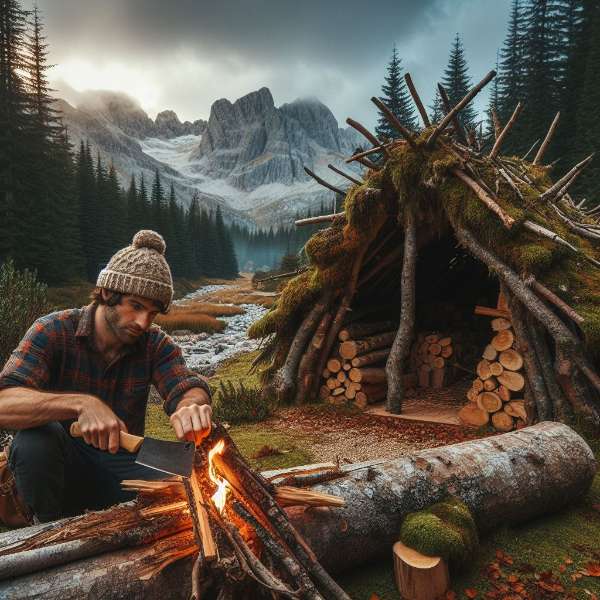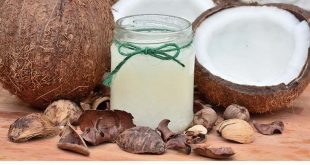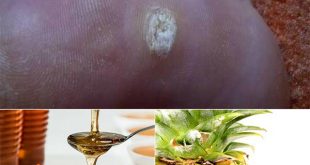Debunking 10 Survival Myths: Separating Fact from Fiction
In the realm of survival, misinformation can be a dangerous adversary. Popular culture, movies, and even well-intentioned advice often perpetuate myths that may do more harm than good in emergency situations.
This article aims to debunk common survival myths and provide readers with essential knowledge to make informed decisions when facing challenging circumstances.
Myth #1: Moss Always Grows on the North Side of Trees
One of the most enduring survival myths suggests that moss consistently grows on the north side of trees, providing a natural compass for lost travelers. While it’s true that moss tends to favor shaded and damp environments, it doesn’t exclusively grow on the north side.
Moss can thrive on any side of a tree, depending on various factors like sunlight, humidity, and local conditions. Relying solely on moss for direction may lead you further astray, so it’s crucial to use a reliable compass or other navigation tools.
Myth #2: You Can Suck Venom out of Snake Bites
Popularized by countless movies and television shows, the idea that sucking venom out of a snake bite can save a person’s life is a pervasive myth. In reality, attempting to suck out venom with your mouth is not only ineffective but can also introduce harmful bacteria into the wound.
The best course of action for snake bites is to remain calm, keep the affected limb immobilized, and seek professional medical assistance immediately. Most snakebites can be effectively treated with antivenom, and prompt medical attention is crucial.
Myth #3: Drink Your Own Urine in a Survival Situation
Contrary to popular belief, drinking your own urine when stranded without water is not a viable solution. While urine is initially sterile, it contains waste products that your body is trying to eliminate.
Consuming urine will only dehydrate you further and potentially lead to health complications. In a survival situation, prioritize finding alternative sources of water, such as rainwater, dew, or by using purification methods like boiling or water purification tablets.
Myth #4: Rubbing Frostbitten Skin Will Help Warm It Up
When facing frostbite, the instinct to rub the affected area to generate heat can be counterproductive. Rubbing frostbitten skin can cause further damage to delicate tissues and exacerbate the injury.
The recommended approach is to gently warm the frostbitten area using body heat or warm water. Avoid hot water, as it may cause burns, and seek medical attention promptly.
Myth #5: Playing Dead Is the Best Defense Against Bear Attacks
Contrary to the belief that playing dead is the optimal strategy when encountering a bear, it’s essential to differentiate between types of bears and their behaviors. Playing dead is generally advised for grizzly or brown bears, but it is ineffective and potentially dangerous when facing a black bear.
In the case of a black bear encounter, fighting back is often the recommended course of action. Understanding the specific behaviors of different bear species can significantly increase your chances of survival.
Myth #6: You Can Start a Fire by Rubbing Two Sticks Together
While friction fire starting methods do exist, rubbing two sticks together to create fire is much more challenging than movies may lead you to believe. It requires specific wood types, skills, and patience. In a real survival situation, it’s more practical to use fire-starting tools such as a lighter, matches, or a fire starter.
Myth #7: Drinking Alcohol Warms You Up in Cold Weather
Contrary to popular belief, consuming alcohol does not actually raise your body temperature. In fact, alcohol can cause blood vessels to dilate, leading to increased heat loss. Additionally, it impairs judgment and coordination, which can be detrimental in a survival situation. It’s best to avoid alcohol and focus on staying hydrated with non-alcoholic beverages.
Myth #8: Eating Snow Will Hydrate You
In an emergency situation where water sources are scarce, eating snow might seem like a reasonable alternative. However, ingesting snow can lower your body temperature and increase the risk of hypothermia. It takes a significant amount of energy for your body to melt the snow to a temperature suitable for absorption. Instead, melt the snow and then drink the water to stay properly hydrated.
Myth #9: You Can Outrun a Predator
The idea that humans can outrun predators like bears or big cats is a dangerous misconception. In reality, most predators are faster and more agile than humans. Running away can trigger a predatory response, and you’re unlikely to escape. Instead, it’s often recommended to stand your ground, make yourself appear larger, and slowly back away to minimize the threat.
Myth #10: Building a Shelter Is Only Necessary in Extreme Conditions
Some people believe that constructing a shelter is only crucial in extreme weather conditions. However, even in milder climates, exposure to the elements can lead to hypothermia and other health issues. Building a simple shelter can provide protection from wind, rain, and temperature fluctuations, contributing to your overall chances of survival.
By dispelling these additional survival myths, we hope to promote a more accurate understanding of what it takes to navigate emergency situations successfully. Remember, knowledge, preparedness, and a level-headed approach are invaluable when facing the challenges of the great outdoors.
 Home and Gardening Ideas At home and Gardening ideas we believe inspiring readers about homesteading, self sufficiency
Home and Gardening Ideas At home and Gardening ideas we believe inspiring readers about homesteading, self sufficiency
